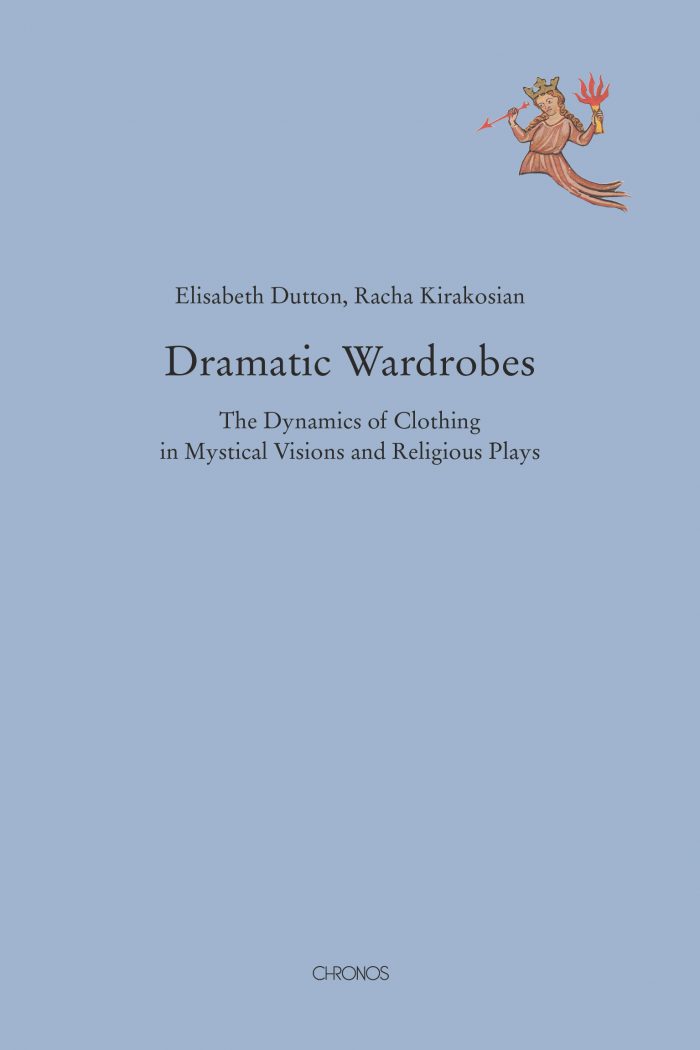Drawing together well-known and less familiar works from English and German writers, and focusing on references to clothing, Dutton and Kirakosian argue for important connections between medieval visions and medieval plays. These connections may be, initially, surprising, given the social nature of theatre that contrasts with the intensely personal and subjective nature of the visionary experience. While an audience provides collective witness to a play, the visionary, almost by definition, sees something that others do not: the visionary makes an audience of one for a drama presented – at least according to the believer – by God. By contrast, in the visionary text the visionary seeks to re-present her vision, in literary form, for a wider audience of readers, and to stir their belief in it. Reading across genres and languages, with particular attention on writing by women and on the figure of Mary Magdalen, the authors explore the dynamic power of clothing as a catalyst for imaginative processes in writers, readers and spectators alike.

